The 2023 VALORANT Champions tournament is well underway in Los Angeles, and as of the first day of the playoffs, every one of the game’s twenty-two agents has been played—except one.
The only agent yet to see playtime on stage at the league’s first tournament in the United States is actually VALORANT’s newest addition, Norwegian Sentinel Deadlock. Though it may seem surprising at first that professional players aren’t jumping at the chance to integrate a new agent, the truth is Deadlock just… isn’t very good.
Deadlock adds some new mechanics and certainly spices up the Sentinel role, but she hasn’t been picked for good reason. Yet, some other agents that have formerly seldom been seen on the international stage have left a mark, like Phoenix, Yoru, Cypher, and even Reyna.
So what is it about the Norwegian agent that makes her so undesirable? And why, in contrast, did we see a Yoru come through on only the second day of the event?
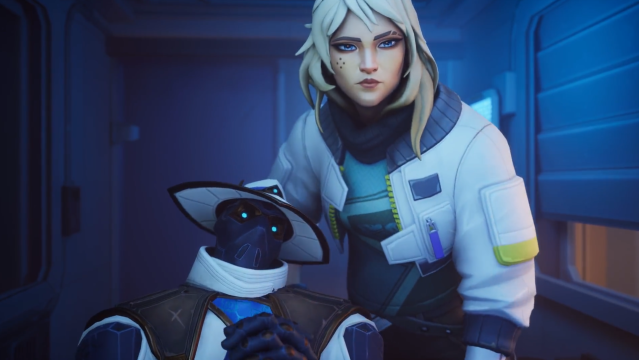
Deadlock’s main problem is that her utility is slow and clunky. While other agents have abilities that allow the player to get into a rhythm and play them fluidly, placing Deadlock’s utility is a chore and doesn’t allow for spontaneous or reactive play.
Her Barrier Mesh ability, for example, has such a small throwing distance that it’s really difficult to put the barrier exactly where you’d like it to go without standing close to the spot you’d like to cut off. This means if you hear enemies approaching through a choke, you risk peeking the angle in order to place the barrier in just the right spot.
Deadlock’s sound sensors aren’t much better. Though the Sonic Sensors are helpful to catch fast rotations when none of your teammates are there to hear an enemy running, most of the time with clear communication setting these sensors are useless. If someone is on a flank, for example, they will be trying to make as little sound as possible anyways.
Overall, Deadlock isn’t a strong choice, to begin with, but even less so in a pro setting.
Pros have immaculate communication and team synergy at the highest level, and most of Deadlock’s abilities can be countered with this alone. If the agent throws a barrier to where you want to cross, you can either call a rotate and move together or just shoot at the middle component at the same time and break it in seconds. Her sound sensor isn’t needed if your team is clear about what they hear and where on the map they think enemies are, and her ultimate can also be hard countered by a team rushing to save their fallen friend.
When there are other Sentinels like Killjoy available to choose from, picking Deadlock just doesn’t make much sense.
Yet, there is hope. One of VALORANT’s other recent agent releases saw water-bending Controller Harbor join the game’s roster. At first, he was considered an F-tier agent with little use, but over time VCT teams found a way to utilize him proficiently. Though Harbor’s initial release was considered one of the worst in VALORANT’s short history, he has now been played many times through the first stage of Champions 2023.
Related: Is Harbor the least successful VALORANT agent launch ever?
Deadlock herself is still so new that it’s incredibly possible she just needs to be given some more time before she comes into the meta fully.
In contrast, former throw picks like Reyna, Yoru, Cypher, and Phoenix have all already been locked in and played on-stage at Champions. While the Reyna and Phoenix both came from Paper Rex, a team known to thrive in chaos and fast-paced conditions, DRX’s Rb caught everyone off guard by picking Yoru in his team’s second match of the tournament.
On every occasion where these not-so-popular picks were locked in, the team that chose them won the map. The success of these picks shows that, overall, the balance of agents is in a fairly good spot, and even the niche picks in the professional world should never be counted out.
That said, Deadlock may eventually make her way into the VCT agent pool, just not yet.



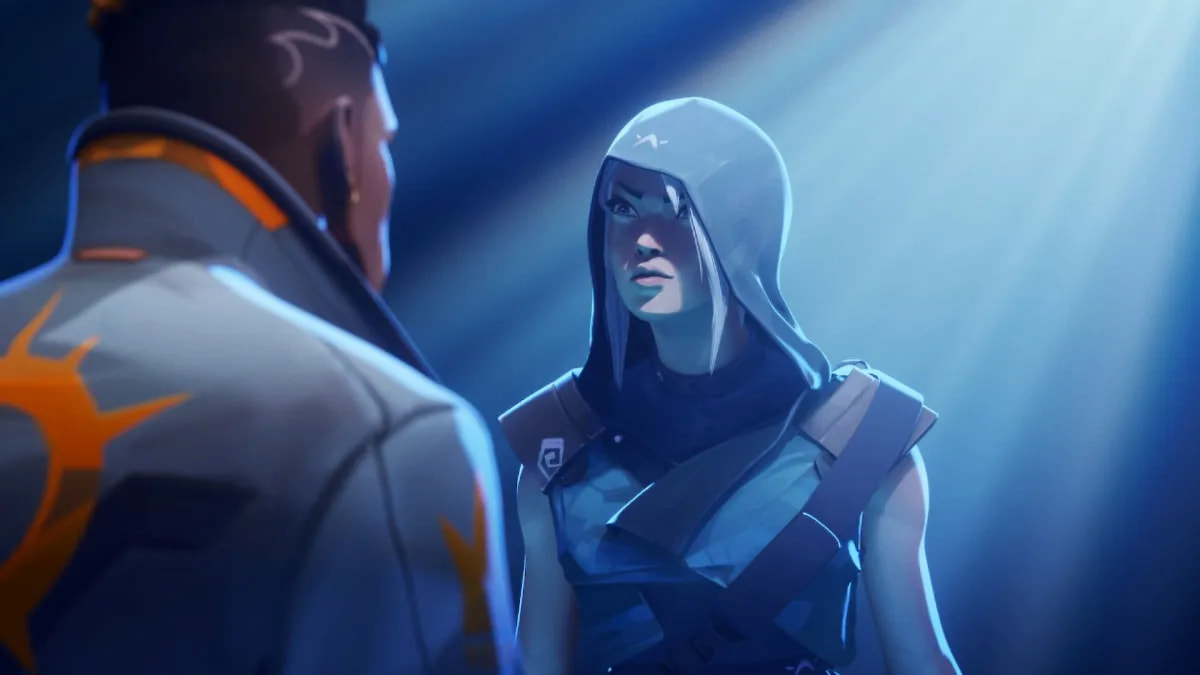
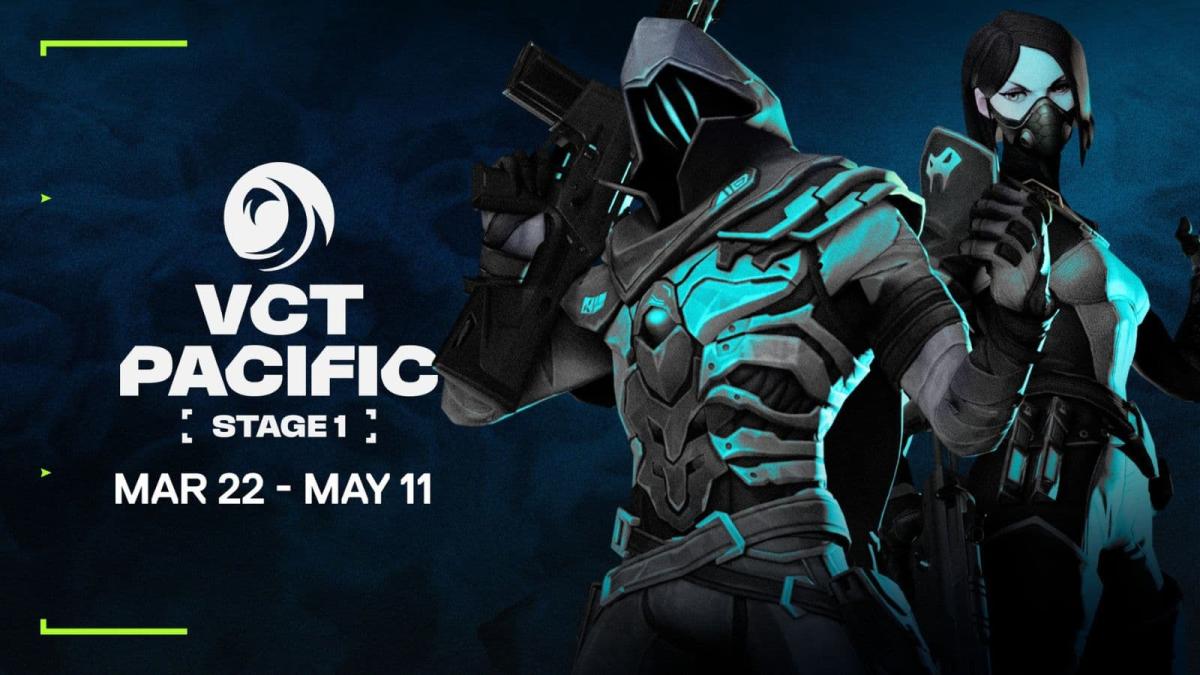
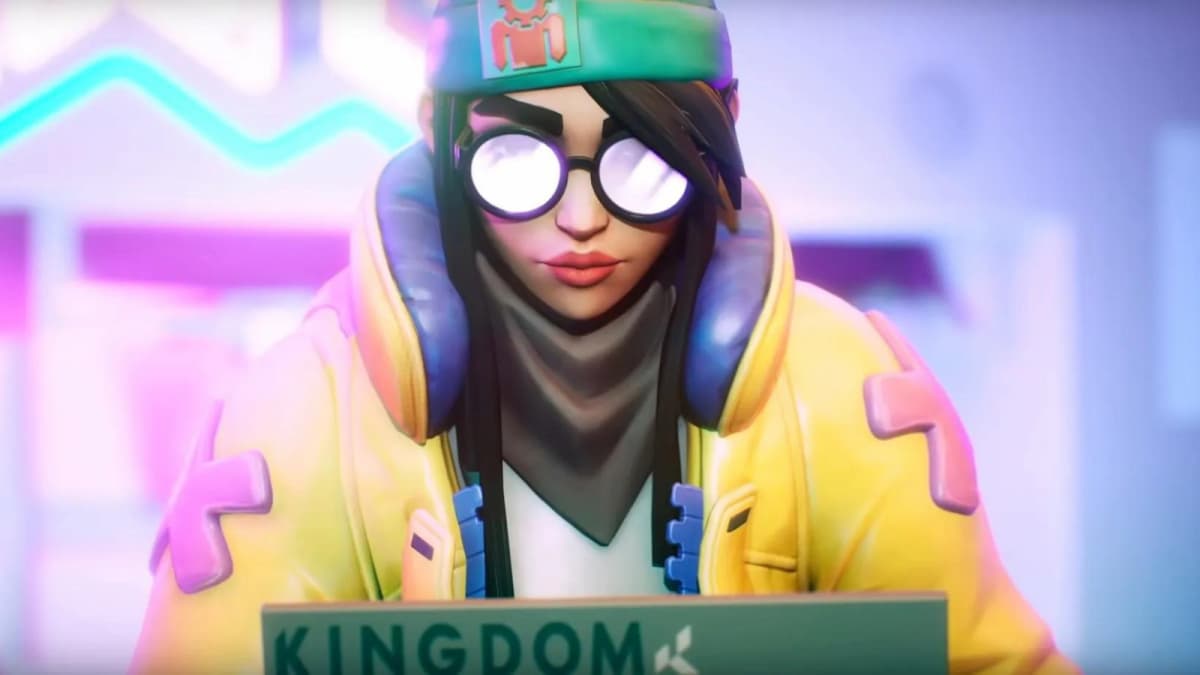
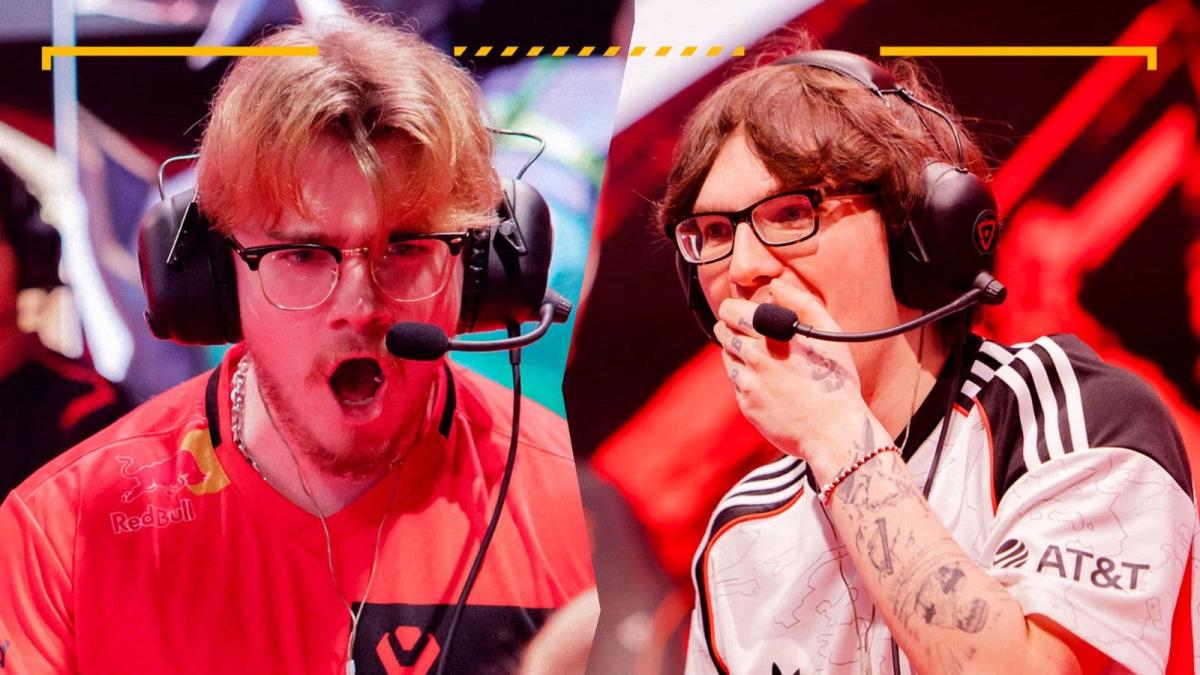
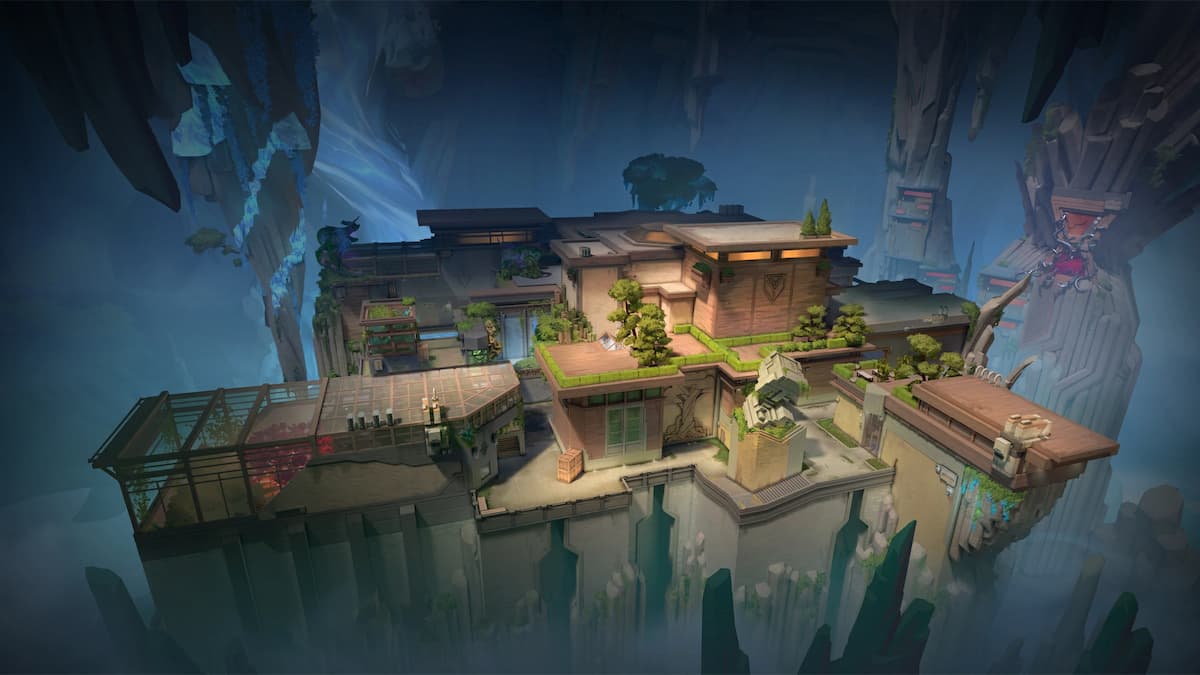
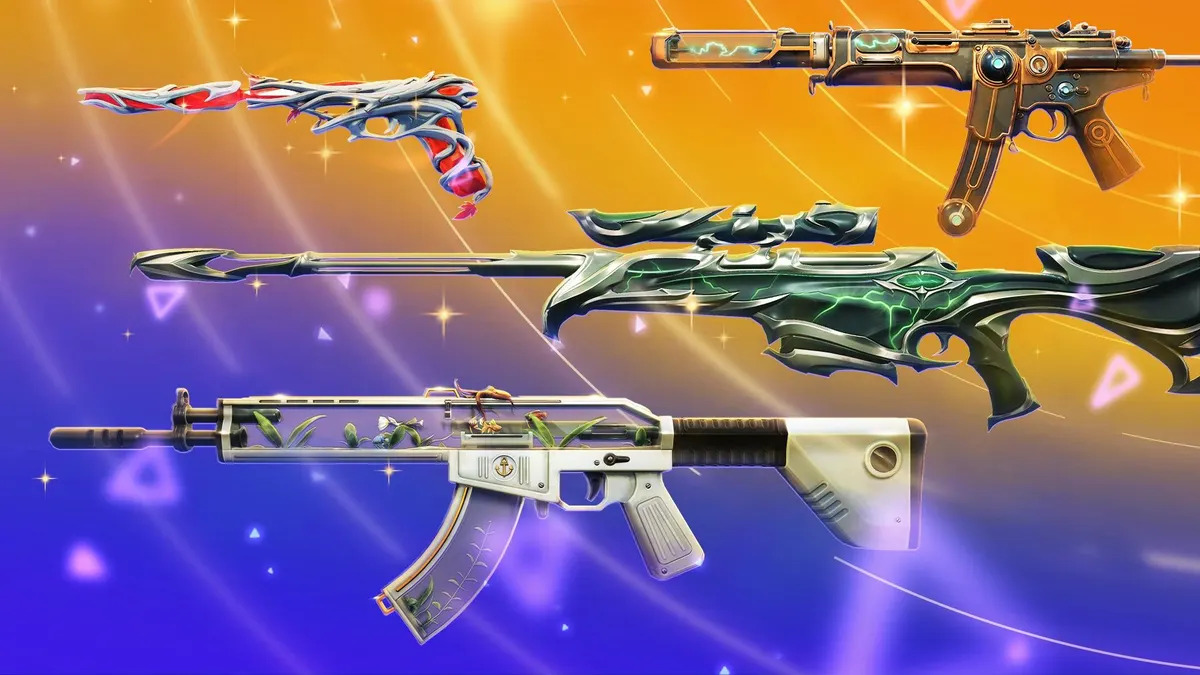
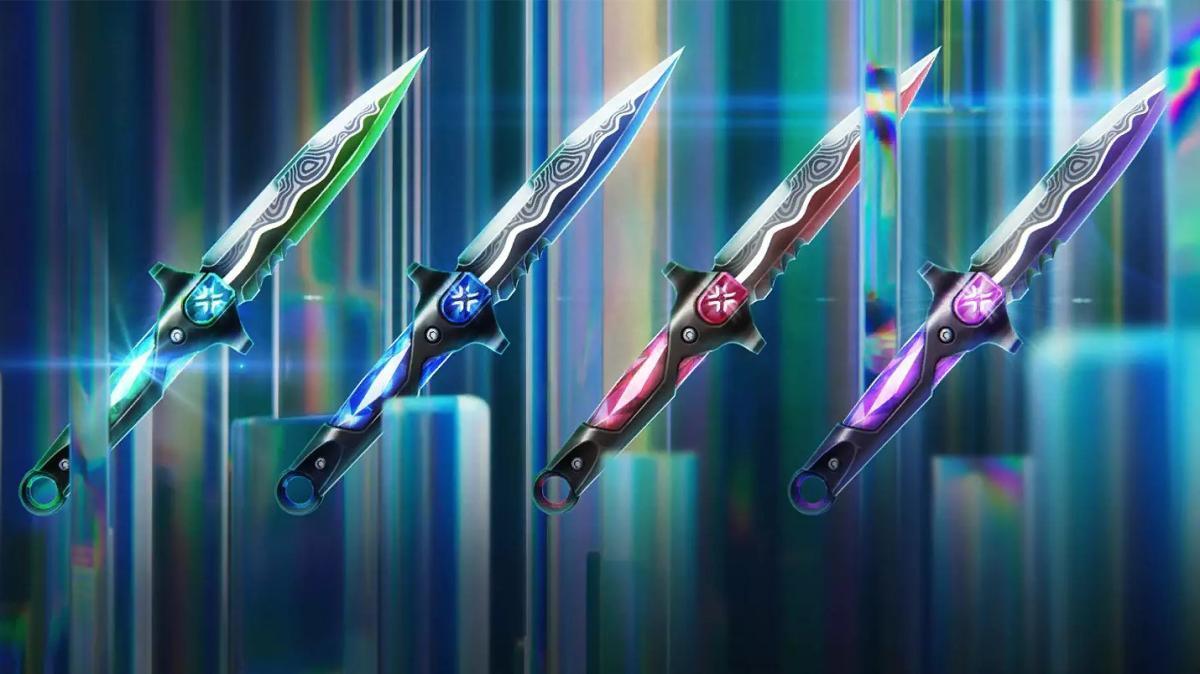
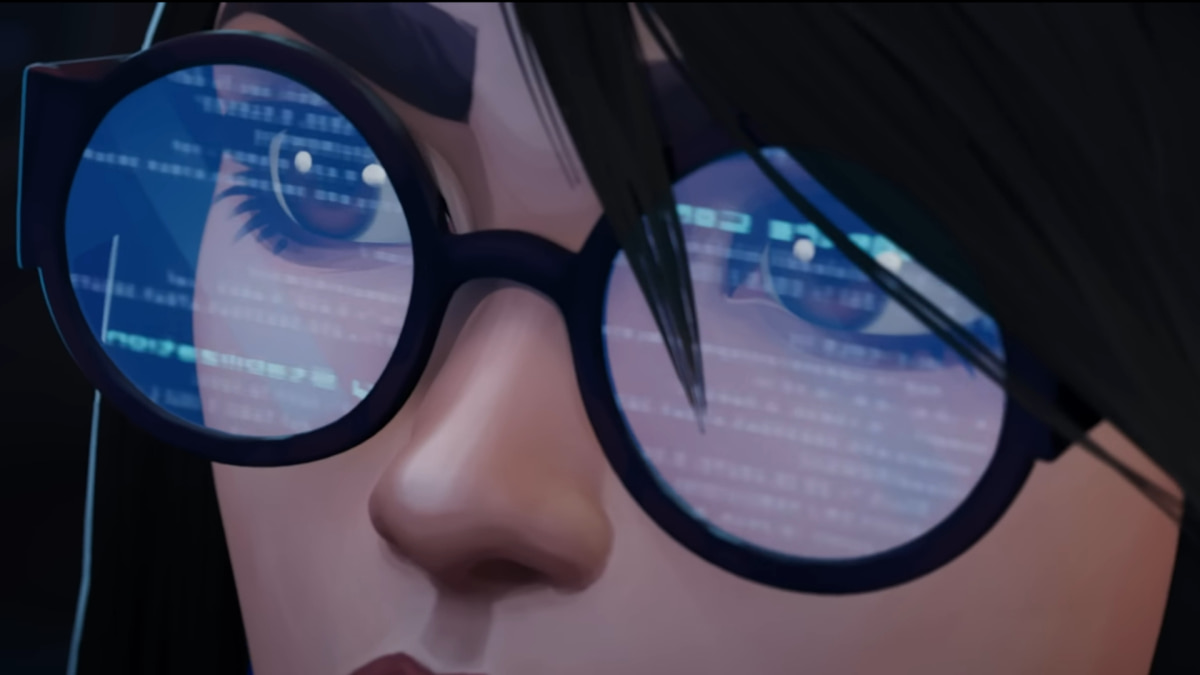
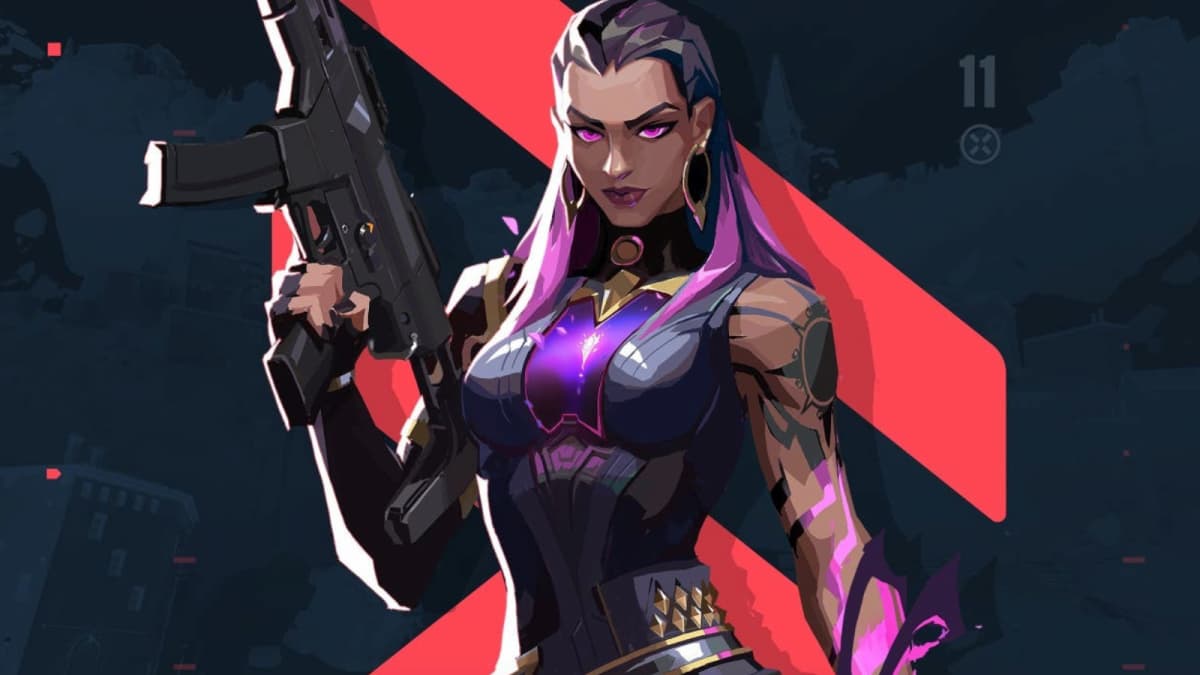
Published: Aug 16, 2023 08:31 pm